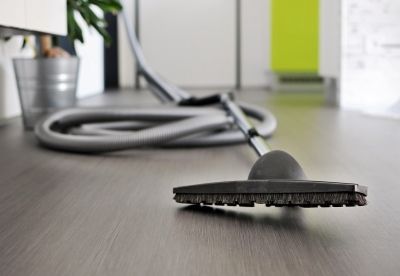Whole Home Vacuum System Buying Guide: Key Factors to Consider
Table of Contents
Whole Home Vacuum System Buying Guide: Key Factors to Consider
The whole home vacuum system is quicker and quieter than regular vacuums. You do not have to drag a vacuum cleaner all over the place, it doesn’t recycle dust back into the living space, and is undeniably an ideal vacuum option for residential cleaning. But how do you know the best whole home vacuum system? Read on to understand.
Central Vacuum Systems
 Unlike regular vacuum cleaners, the whole home vacuum system collects debris and dust through the hose into PVC pipes. The tubes are placed within the walls, attic, or floors to a huge dirt collection container installed in a utility room, garage, or basement.
Unlike regular vacuum cleaners, the whole home vacuum system collects debris and dust through the hose into PVC pipes. The tubes are placed within the walls, attic, or floors to a huge dirt collection container installed in a utility room, garage, or basement.
You can purchase the whole home vacuum system online here. Since the central vacuum motor is placed out of the way, vacuuming is quieter. The sound that the central vacuum system makes is minimal. Plus, the dust particles do not get back into the room, like in conventional portable vacuuming.
If you are sensitive to airborne dust, then you should consider the whole home vacuum system. The dust collection containers are only emptied two or three times a year. If you are planning on buying a central vacuum system, ensure that it will work in your home.
You’ll also need to determine the perfect size for your house, including the extra components and the piping required.
How Does Whole Home Vacuum System Work?
The central vacuum system has a large collection container, and the motors are more powerful than in portable vacuums. A regular home will do with 1 or 2 central vacuum inlet valves per floor. The inlet valves are best installed along the interior walls, but you can still install them on floors if they are away from traffic. If your whole home vacuum system is centrally located, a 3000 SQ FT will function with 3 or 4 inlets. The central vacuum hose is about 30 FT long; it can comfortably vacuum 2 or 3 rooms from one inlet valve. Ideally, the hose should reach all corners from one inlet. When buying a hose, look for one that is compatible with the inlet valve.
Should You Buy a Whole Home Vacuum System?
It’s easier to install a central vacuum system in new construction. A whole home vacuum will also work for you when remodeling your property. However, you can retrofit a central vacuum system into an already existing home. The process is simple; you can easily access crawl space, the attic, and the basement.
How to Retrofit a Whole Home Vacuum System?
If you have a single-story house with a crawlspace and basement, piping can be done under the floor and protrude slightly into the wall. This will work better on interior walls not supported by foundations or beams. Alternatively, the pipes can serve the floor inlet valves. In a two-story house (with minimal access in the floors), the piping can be done elsewhere. You can do the piping at room’s comers, laundry chutes, in closet corners, or behind cabinets. The other method is through running pipes horizontally in an attic then into a closet, wall or cabinet,
Getting the Right Size Central Vacuum System
 When planning to purchase a whole home vacuum system, remember to choose a compatible power unit. The power unit should be powerful enough to clean even hard-to-reach places.
When planning to purchase a whole home vacuum system, remember to choose a compatible power unit. The power unit should be powerful enough to clean even hard-to-reach places.
To make the buying process easier, you should measure the total area your house occupies and the entire length of the pipes to be used. Though vacuum manufacturers rate their products by airpower, airflow, and horsepower, these measurements don’t indicate effective suction. Whole-home vacuum systems are measured by airflow, horsepower, and air power.
When it comes to measuring suction, manufacturers use Waterlift. Typically, smaller systems have waterlift from 105 to 120 inches, which will easily handle 2,500 SQ FT. The motors for most power units are manufactured by one manufacturer, even for competing products.
When it comes to selecting a brand, pay attention to price, service, and warranty. Look for a company that stands behind its products. Other considerations to make are pricing, warranty, and service.




Log In
Create New Account